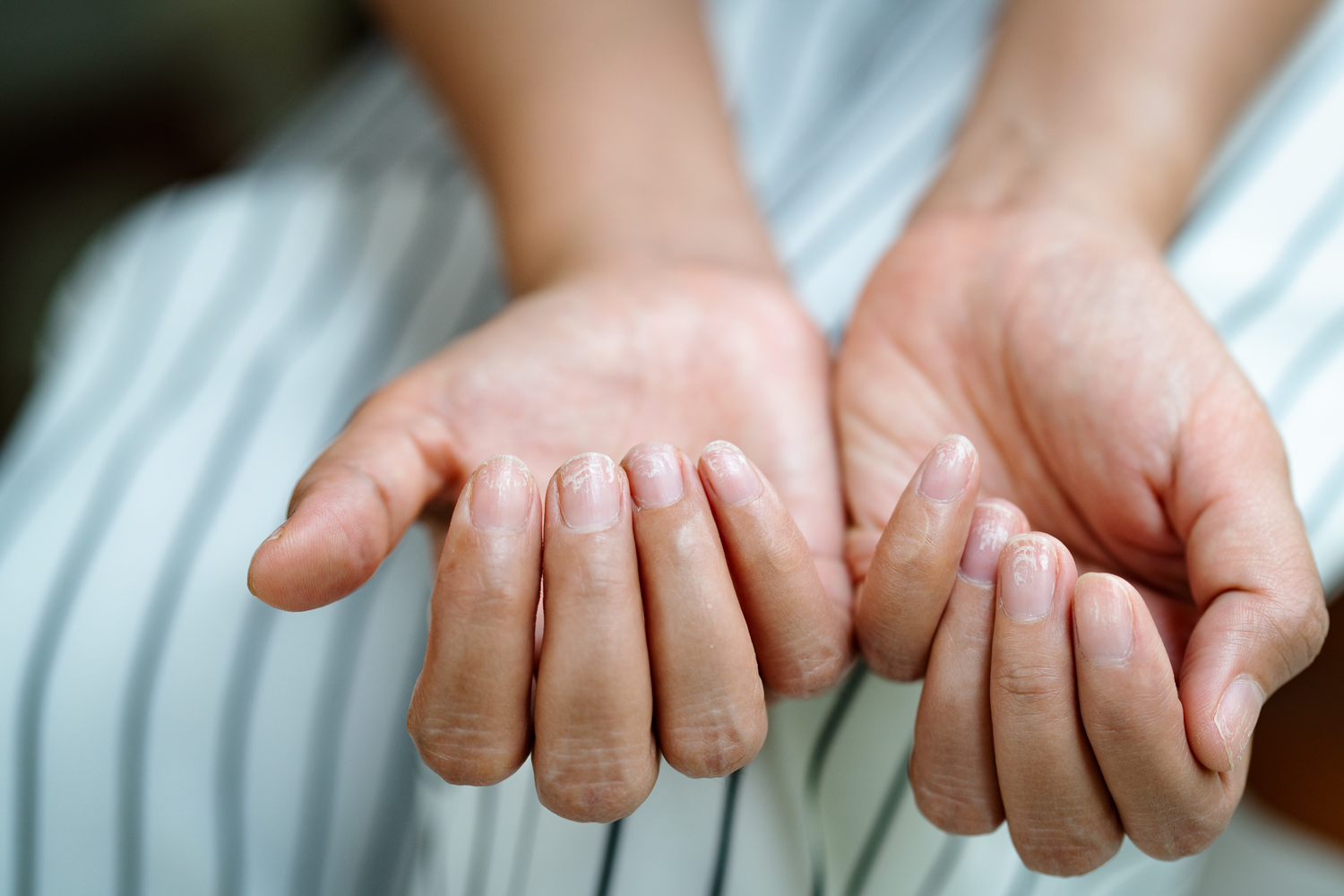What should I do to care for my nails during cancer treatment and prevent damage?

Allison Dobry, dermatologist at UCSF Health in San Francisco
Changes to the look and feel of nails can occur during cancer treatment and will depend on the specific type of treatment. Traditional chemotherapy, targeted therapies and immunotherapies can cause nails to become thinner or more brittle. Sometimes nails can change color or even separate from the nail bed. People taking targeted therapies, such as EGFR inhibitors, can get ingrown nails due to inflammation in the surrounding tissue or nail folds. This can be painful and sometimes leads to infection.
Treatment also can impact nail growth. Nails grow from a formative layer of cells at their base called the nail matrix. Think of this matrix as a nail factory. Chemotherapy or other treatments can disrupt this process. Your nails may temporarily stop growing or grow in weaker, or you may even experience full nail loss. Most people will see nail growth return to normal after they complete treatment, but some may continue to have weak or brittle nails due to lasting damage in the nail matrix.
You can take certain precautions to help care for your nails during treatment. Keep your nails short and clean to avoid breaks or scratches that can increase the chance of infection. Applying moisturizer on your hands and wearing a cotton glove at night can help prevent dryness, nail splitting and hangnails. Avoid manicures and pedicures, which tend to weaken nails. Some evidence suggests taking biotin vitamin supplements can help strengthen nails, but talk with your oncologist before taking anything new during treatment. Applying a nail polish or strengthener over your nails can make them less likely to break.
Watch for any signs of infection in the skin around your nails, such as redness, swelling or discomfort. To prevent infection, sterilize your nails by gently soaking them in a solution of one part white vinegar to two parts water.
If you have ingrown toenails, a dermatologist or other specialist may need to cut out the ingrown part of the nail and use a chemical treatment to prevent it from happening again. In some instances, the provider may numb your affected toe and pull out the painful ingrown nail. Many oncologists will be familiar with basic steps for taking care of your nails, but they can also refer you to a dermatologist or other specialist with experience managing these side effects of cancer treatment.
NAIL CHANGES AND CARE // The American Cancer Society describes nail changes that can occur during cancer treatment. // Dana-Farber Cancer Institute offers advice on how to care for your nails and skin during chemotherapy or radiation.
The expert’s response was edited for clarity and based on an interview with Kendall K. Morgan.
Cancer Today magazine is free to cancer patients, survivors and caregivers who live in the U.S. Subscribe here to receive four issues per year.





